Paisley is the fifth largest city in Scotland by population and a place full of rich and interesting history. Paisley was an important center for textile production in the late 18th and early 19th centuries. The city’s biggest claim-to-fame — giving it’s name to the well-known paisley fabric pattern — comes from this period.
The pattern itself roots from the boteh symbol which was commonly used in traditional hand-woven fabrics in parts of Asia. Around 1800, the East India Company began importing shawls and sashes woven in Kashmir, India, where they were largely worn by men as ceremonial robes. The exotic designs were an immediate hit with fashionable women in Europe but these imports were very expensive. So replicas were manufactured in Scotland on mechanized looms, and the iconic paisley shape emerged.
This historical city is full of intriguing sights, but among the many, there is one which overshadows them all — a gargoyle on Paisley Abbey which strongly resembles the alien predator of the 1979 Ridley Scott classic, Alien.
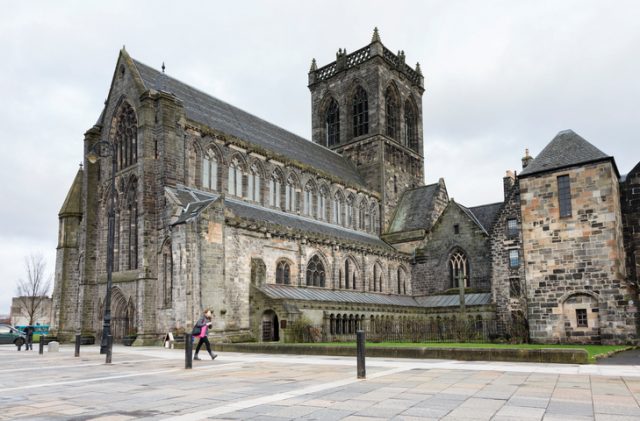
According to the BBC, a photograph of the gargoyle that went viral in 2013 on both Facebook and Twitter stirred a discussion about the origin of this Alien-like stone element on the ancient Abbey. What was its connection to the appearance of Scott’s creature which emerged in the 20th century?
Glasgow Live reports that the Gothic spires and gargoyles of Paisley Abbey originated in the 12th century.
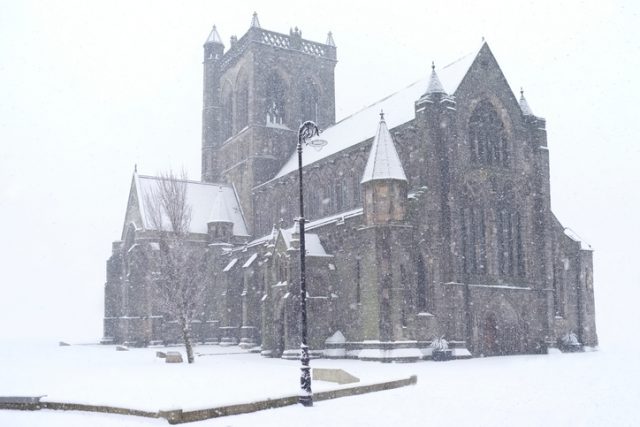
Gothic gargoyles were architectural carvings that guarded over Christian churches and cathedrals. They served both a practical and a spiritual purpose; their main function was as a decorative means of removing water from the roof in times when downpipes weren’t invented. But their grotesque appearance is because they were also mythical guardians that were considered to ward off evil.
The interior of the church also contains various grotesque medieval figures.
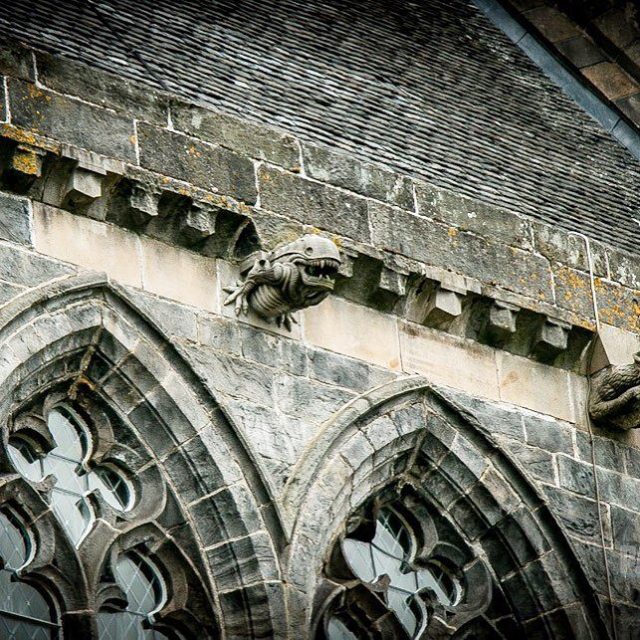
The Paisley city tourist website reports that during renovation work in 1991, it was decided that 11 out of the 12 stone creatures adorning the abbey were in too poor a state to be restored after centuries of damage by rain and snow.
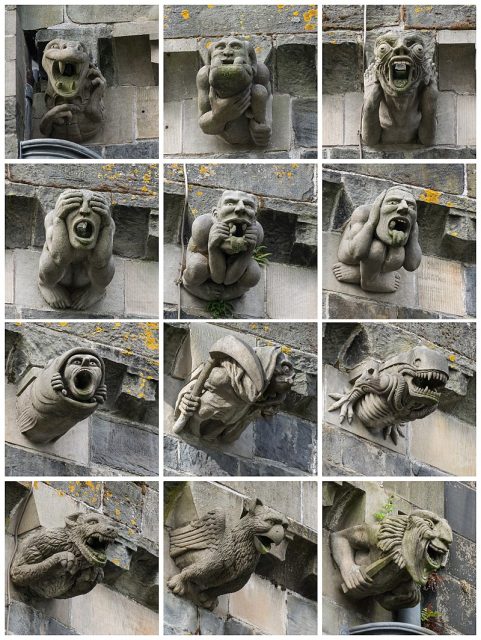
The minister of the Abbey, Reverend Alan Birss, stated that the gargoyles had to be removed due to their extremely bad condition. However, the main question is how did the Alien-like gargoyle end up in a place like Paisley Abbey?
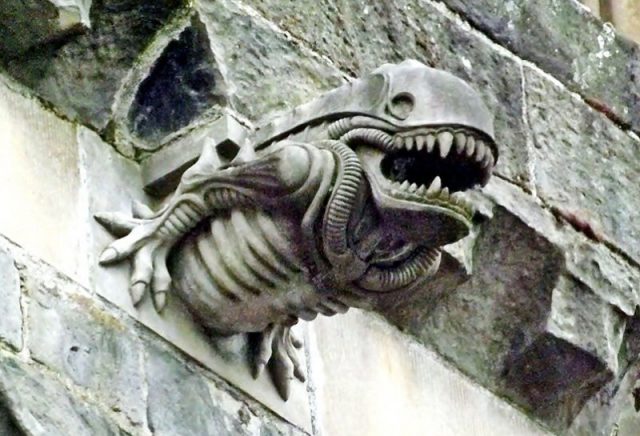
Above the arched doorways of Paisley’s Abbey sits the stone “Alien” which many assume to have been created as an honorable mention of the cult sci-fi film series. Mr. Briss explained to the BBC that they hired stonemasons from an Edinburgh company to make new the gargoyles.
According to tradition, no two gargoyles can be the same, so each is the unique product of the mason’s imagination and personal influences. According to Mr. Briss, the Alien-like gargoyle was the product of one of the stonemasons inventive humor. “I think it was a stonemason having a bit of fun”
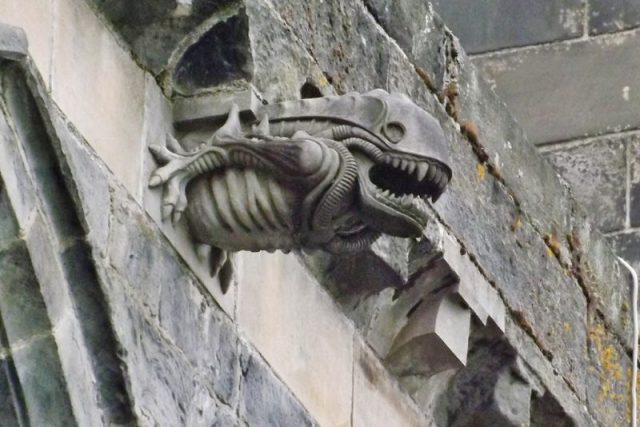
And as for the BBC’s question of whether the creator was influenced by the film character, he replied: “Perhaps the film was fairly new when they were carving this and if he was thinking of an alien perhaps the alien from the film was his idea of an alien,” he said. Obviously, the Reverend is not an Alien fan, as the first movie was released a little over a decade before the renovation, in 1979.
Oldest Castles From Around The World
Mr. Birss adds that the similarity of Abbey’s new gargoyle to the creature from “Alien” was noted on an internet search as early as 1997, but wasn’t so widely known about in the pre-social media days.
Since the social media reveal of the “Alien” gargoyle, Paisley has seen an increased in tourists, eager to see the intriguing sculpture. It has become a feature on many sightseeing tours in Scotland.
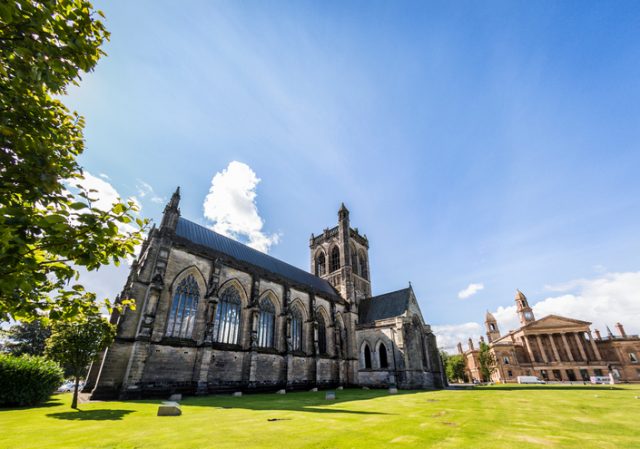
Tourists, as well as journalists, are regular visitors of the Abbey, eager to see Lieutenant Ripley’s extraterrestrial opponent carved in stone.
Fans of the Alien series would undoubtedly agree that this “modern” touch on such a sacred place as the Paisley Abbey is an appealing twist to the ancient gargoyle tradition that evokes fresh interest in a new generation of visitors.
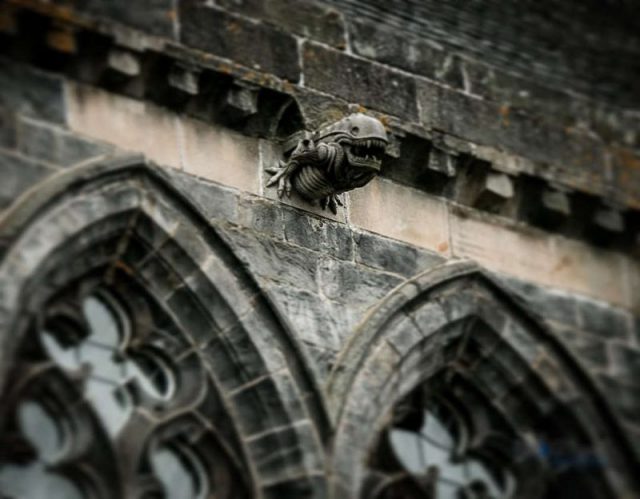
However, some consider this stone creation as far-fetched and disrespectful to its Christian precursors as symbols of reverence that guarded the congregation’s devotion to Christ’s principles.
Read another story from us: The Severed Head of a Martyr now Displayed in an Irish Church
Nevertheless, the gargoyle is a strong enough reason to put the beautiful city of Paisley on your traveling list. Who knows, maybe one day this unusual addition to the sacred ancient building of Paisley Abbey will be regarded as a 21st century statement of a new chapter of the world’s cultural history.
